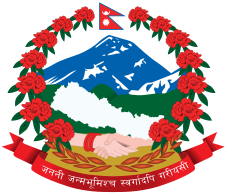Everest trekking is justifiably the most famous of all trekking and mountain regions in the Nepal Himalaya. Trekking to Mount Everest bestows a wide array of trekking options, ranging from the EBC trek, which has been listed as one of the ten best trips in the world, to trekking in the remote semi-wilderness area. Tremendous trekking at the Everest trail, having the highest altitude with breathtaking mountain scenery, a view of panoramic Himalayan peaks, and, of course, the top of the world, Mt. Everest, and other beautiful mountains and monasteries, which are the legendary Sherpas’ spiritual perspective on the mountains they call home. The top of the world’s mountain base camp is at 17590 feet in height after passing through Sagarmatha National Park headquarters, densely forested, along with the village and valley of the Dudh Koshi River.
The Himalayan Smile trek is led by veteran native trekking guides who know the area very well, providing full information on the Sherpa culture and customs, which are similar to the Tibetan Buddhist religion and its way of life as it was for many past centuries. Around the Everest region, our trekking itinerary is flexible with enough days for acclimatization before heading to higher elevations.
Everest trekking depends entirely on the route that you have chosen. On the main trekking trails to Base Camp or the route to the pristine Gokyo valley, a teahouse trek is perfectly possible and the easier choice. The trail from Jiri is also endowed with many conveniently located tea houses, although generally not of such high standards as those to the north. Other trekking routes will, however, almost certainly require camping gear, which means organizing trekking staff and equipment.
Everest region trekking trail: walk through the local village to the Everest base camp on the route. Sherpa people are very friendly and warmly welcome you in every village. The Everest area landscape is rugged terrain with deep gorges, glaciers, and huge rocks. It is an area of great natural beauty—home to Himalayan thars, musk deer, and Nepal’s national bird, the brightly colored Impeyan pheasant, blood pheasant, red-billed chough, and yellow-billed chough; the friendliness of its inhabitants, the Sherpas; and ancient Buddhist monasteries.
The vegetation in the Everest National Park includes pine, hemlock, fir, juniper, birch, rhododendron, and shrubs. After 4000 m, the vegetation changes to alpine plants and then to bare rock and snow. In March and April, another attraction of this region is the rhododendrons that bloom and splash colors in the magical mountains, and all add up to make this Everest trek an irresistible tourist destination. That is why the top of the world’s highest mountain, Mount Everest (8848 m), is the most thrilling and adventurous trail in the world.
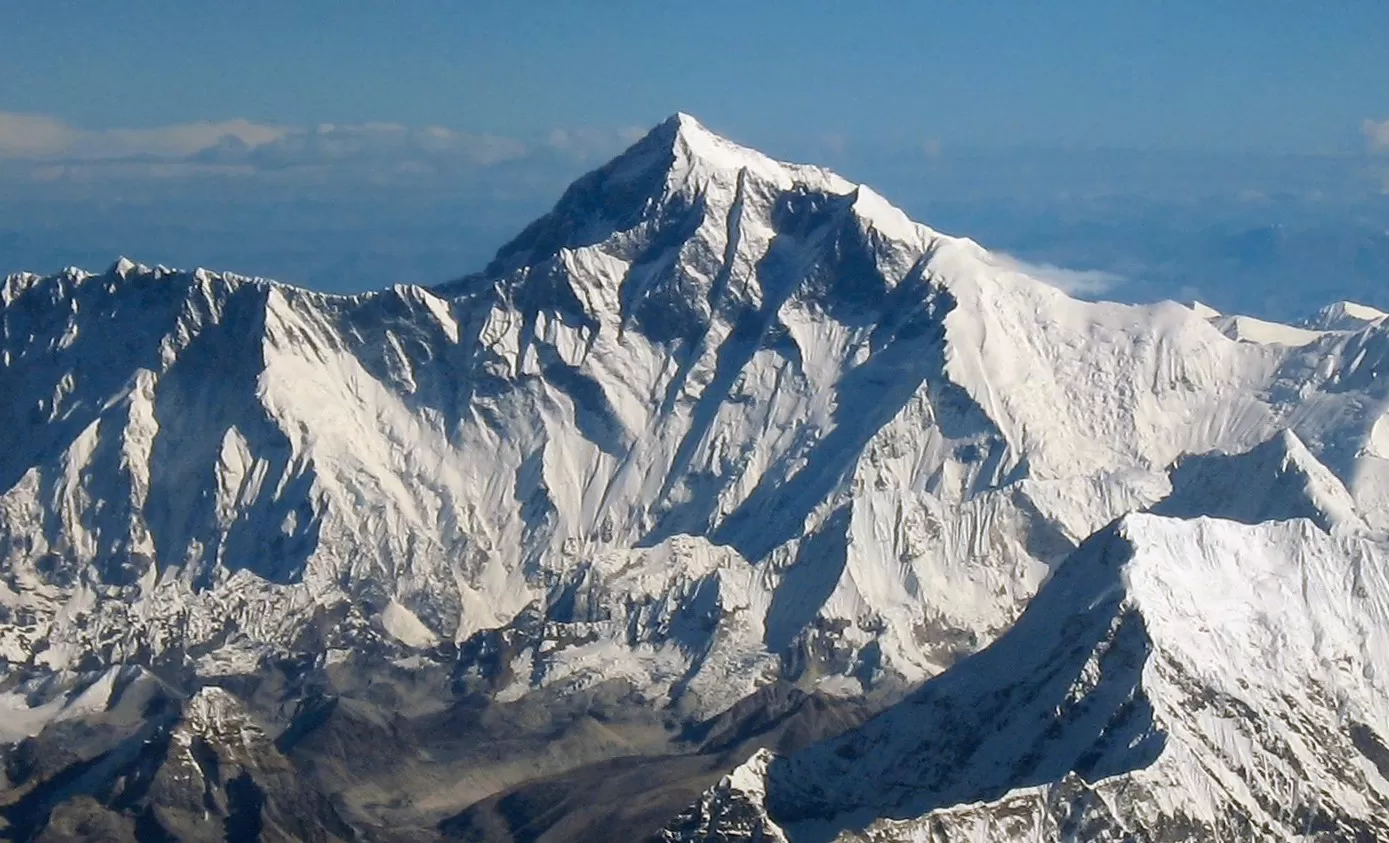
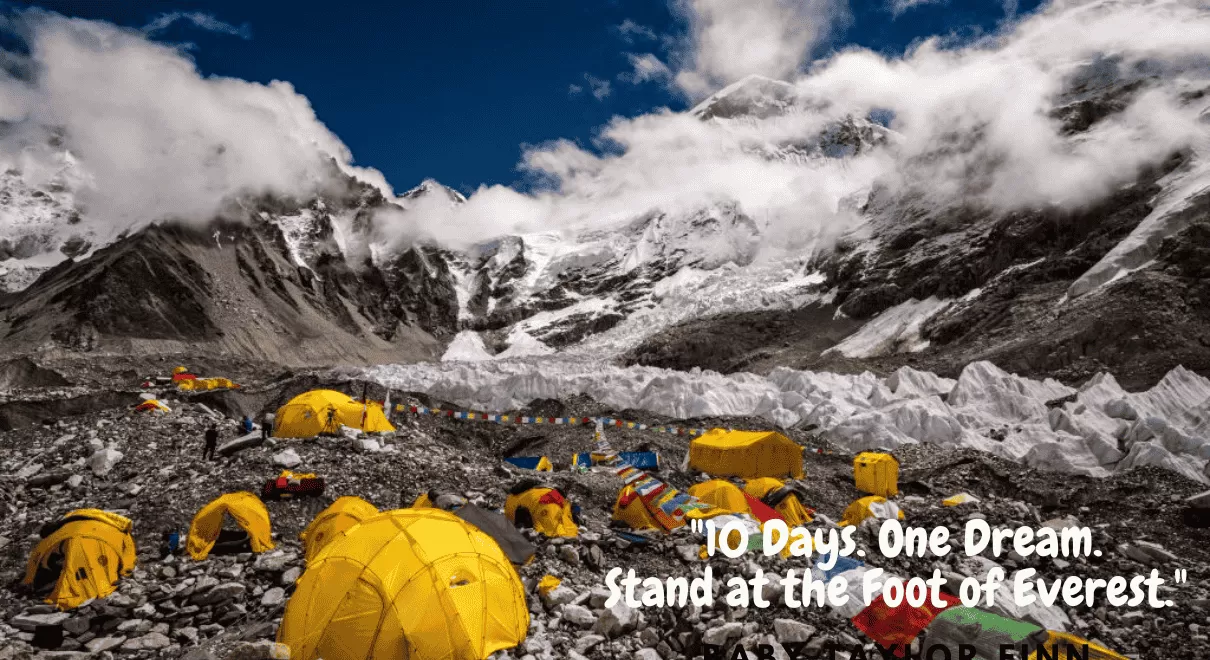
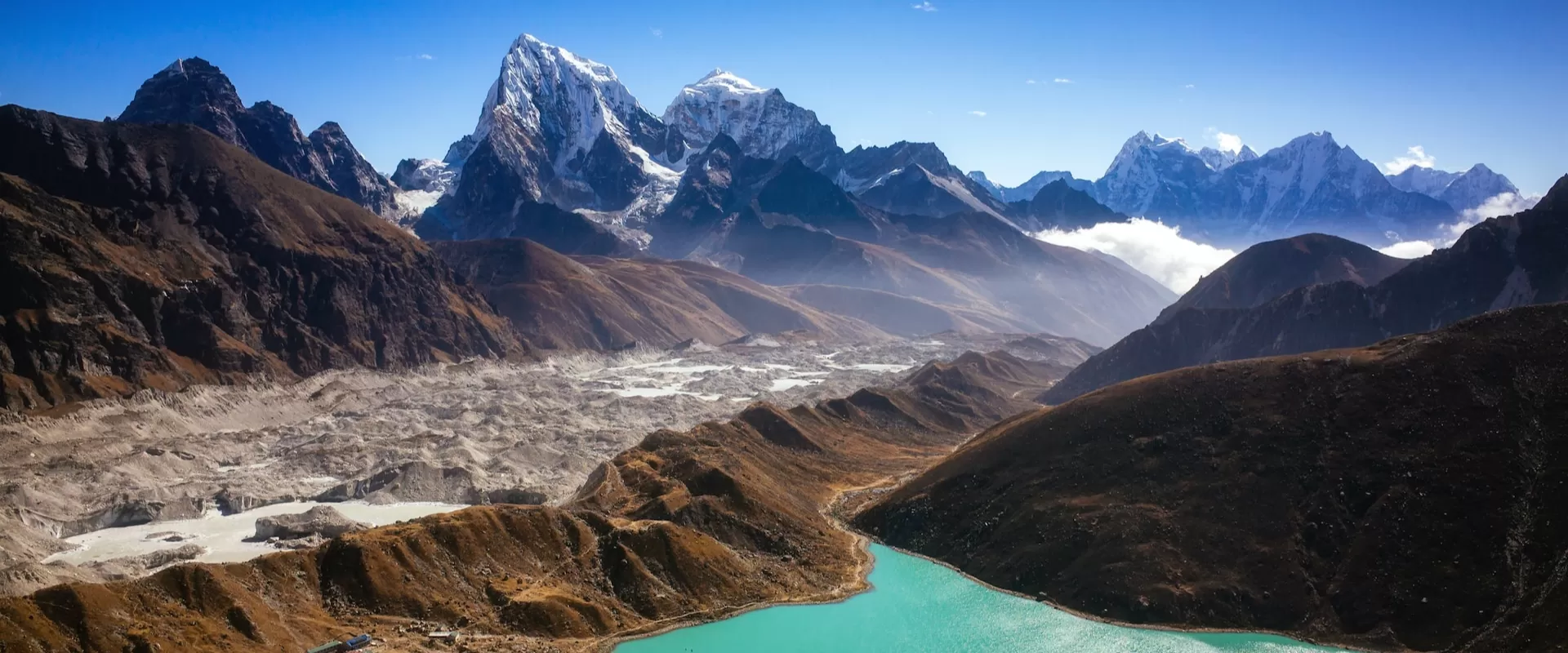

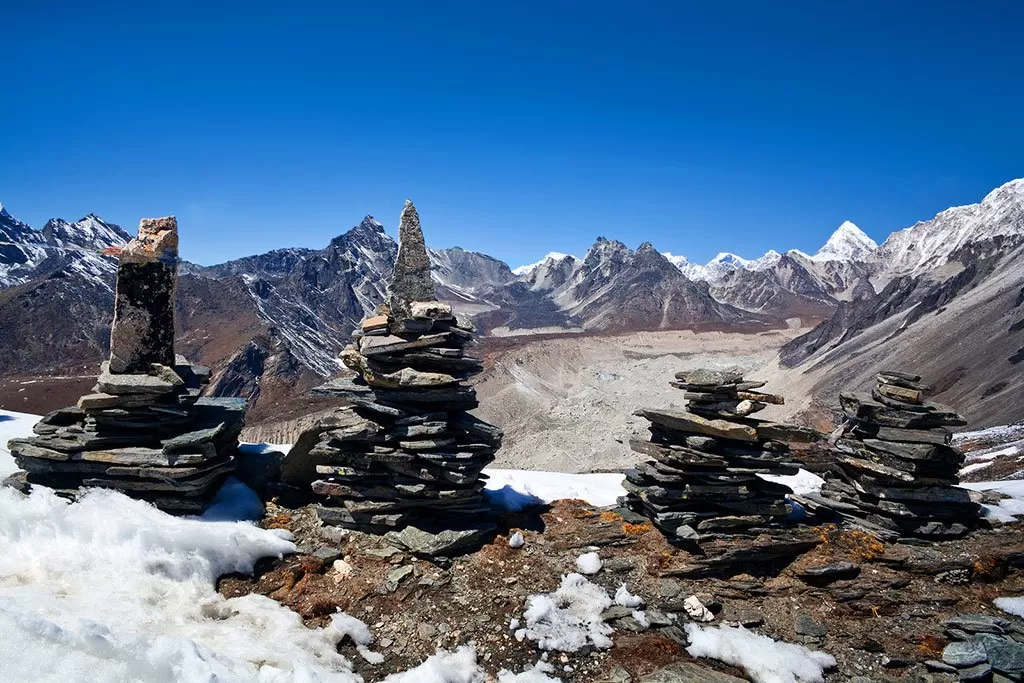
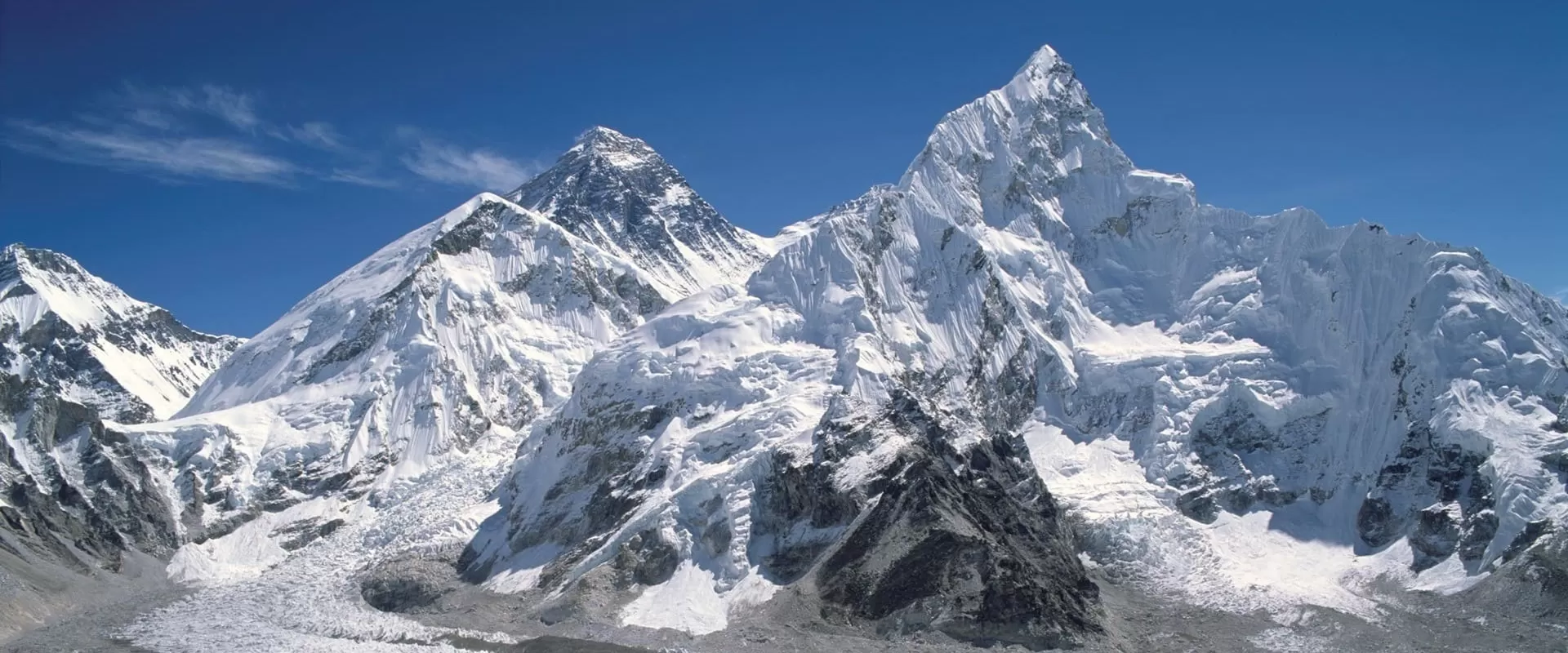




.png)
.png)



